wuhanshi snacks

Three fresh bean skin is one of the main foods of Wuhan people in Hubei, and it is also one of the local traditional snacks with unique characteristics. The three fresh bean skins are made up of glutinous rice and bean skin. They are named after the meat, fresh eggs, fresh shrimps (or fresh meat, fresh mushrooms and fresh bamboo shoots). This "three fresh bean skin" is definitely not inferior to "hamburger" and "pizza". The "bean" of the bean skin must be shelled mung bean; the "skin" of the bean skin must be refined rice pulp; the stuffing of the bean skin must be the rice produced in Hunan; the three fresh beans must be fresh meat, fresh eggs, and fresh shrimp. There is also a saying that there must be fresh meat, fresh mushrooms and fresh bamboo shoots; the shape of the bean skin must be square and thin; the color of the bean skin must be gold and yellow; the taste of the bean skin must be fragrant and drunk.
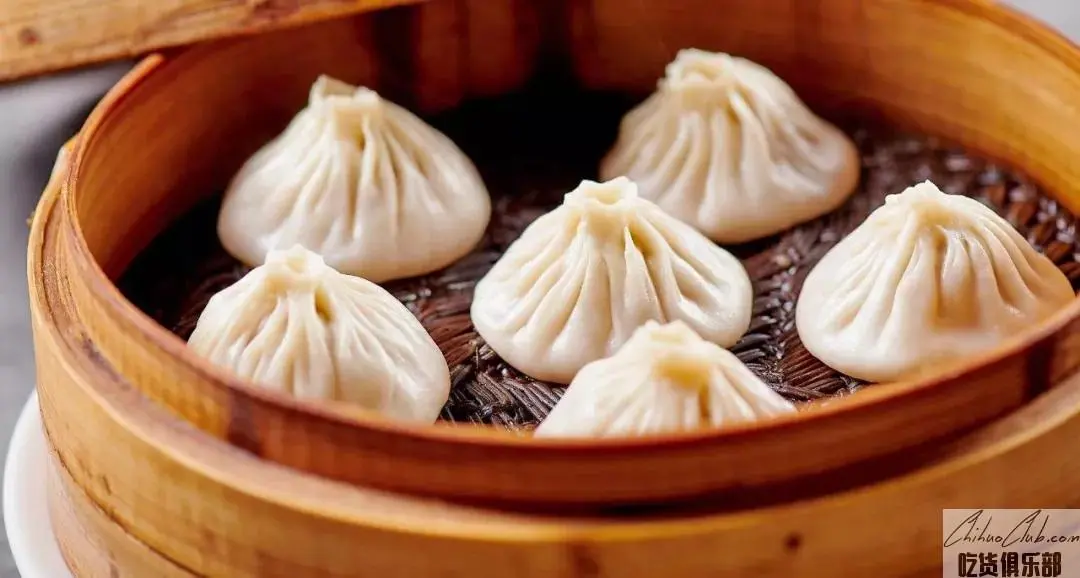
The Four Seasons Soup Bag in Wuhan is continuously improved based on the traditional practice of the Soviet style soup bag. This soup bag has the characteristics of Wuhan flavor, such as thin skin, soup, stuffing and fresh taste. There are new varieties such as shrimp soup bag, mushroom soup bag, crab yellow soup bag, chicken broth soup bag and assorted soup bag. unique. Experienced diners can eat by gently biting the skin of the soup bag, slowly absorbing the soup inside, and then eating the dough and meat stuffing of the soup bag. Only in this way can you truly appreciate the unique taste of Xiaolong Tangbao.
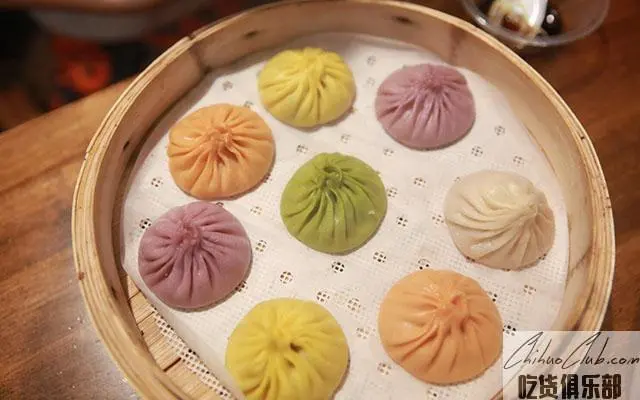
A good soup bag, not only has a good taste, but also has a high value. The colorful and colorful soup bags are typical, not only colorful, but also beautifully pleated. The colorful soup bag is made of purple, potato, papaya, spinach and pumpkin. It is red, purple, green, yellow and orange.

The "Cai Lin Ji" font was originally created in 1928. After several generations of Cai Linji's entrepreneurial struggle, Cai Linji has developed from a single noodle restaurant to a catering brand enterprise that produces diversified specialty snack products, and has become a well-known century-old snack brand in Wuhan and Jingchu. Cai Linji hot dry noodles, smooth and smooth, color and oily, fragrant and delicious, not eaten and nostalgic, attractive appetite; food is full of fragrance, endless aftertaste. Cai Linji's hot dry noodles have been praised by the general public and have always enjoyed the reputation of “Chinese famous snacks” and have been rated as “China Top Ten Noodles”.

Hot dry noodles is one of the top ten noodles in China. It is one of the most famous snacks in Wuhan, Hubei. There are many ways to do it. Oil, salt, sesame sauce, salad oil, sesame oil, chives, garlic, spicy radish, brine, and soy sauce are used as auxiliary materials. Its color is yellow and oily, and it tastes delicious. Because of its high calorie, it can also be used as a staple food, nutritious breakfast, and energy needed to replenish the body.
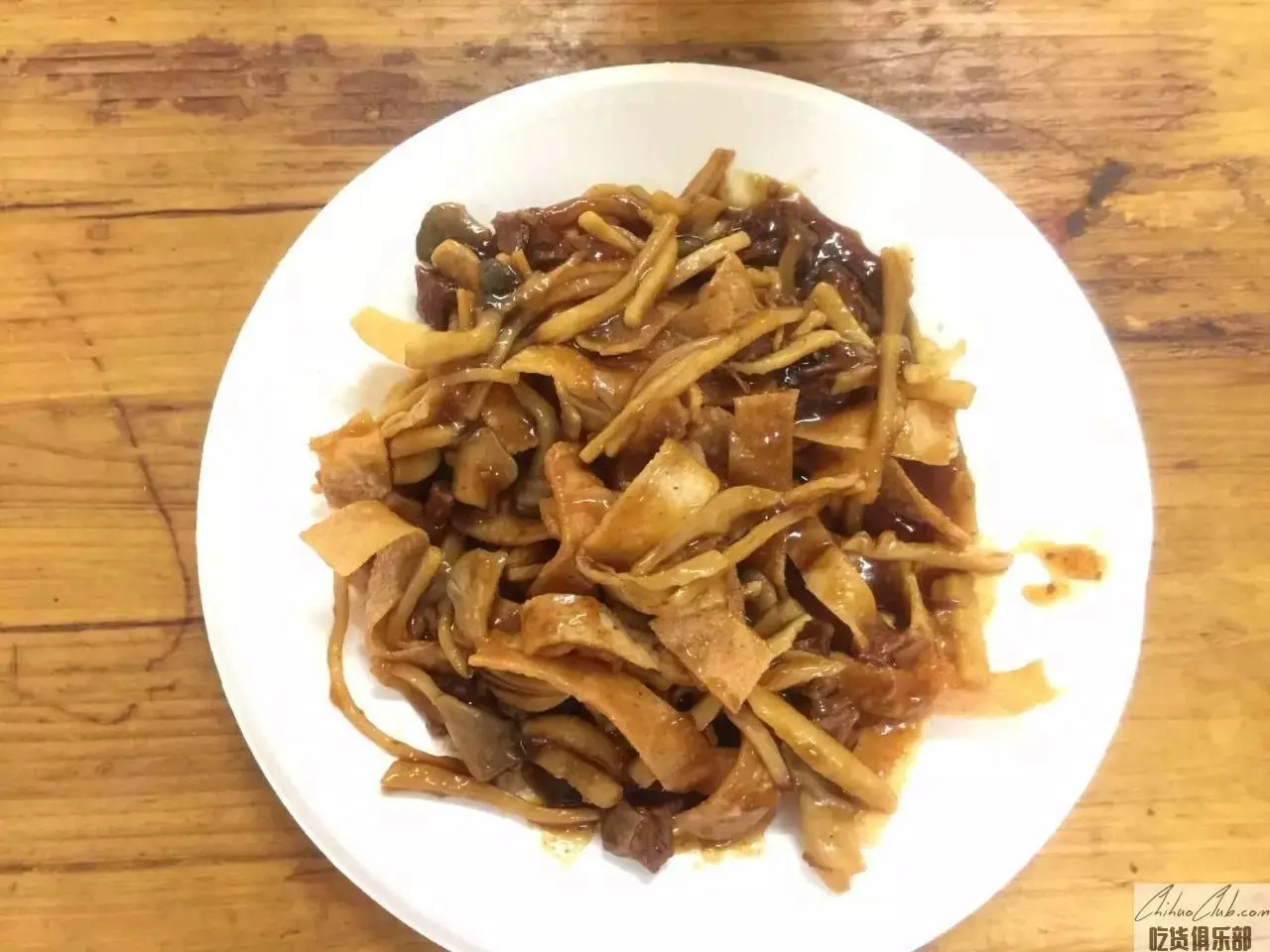
Laoqian traditionally operates fried beef peas. The main raw materials are oxenmeizi meat, wet bean silk, shiitake mushrooms, magnolia tablets, etc., plus seasoning and seasoning, fried with hemp. The beef is smooth and tender, the bean silk is soft and moist, and the taste of beef and bean is mixed together.

The duck neck is also known as the sauce duck neck or the sauce duck neck. It belongs to the sauce food (mainly sauce duck, duck neck, duck sauce, duck neck, sauce duck, sauce duck, sauce duck tongue, sauce beef, The earliest origins of the fish, the sauce board, the sauce board, etc., which originated in the Dongting Lake area of the Qing Dynasty, spread to Sichuan and Hubei through Hunan, and have been popular all over the country in recent years. Sauces are soaked in a variety of spices, and then refined through air drying, baking, etc. The finished product is dark red, with characteristics of fragrant, spicy, sweet, numb, salty, crisp, and so on. It is a wine and food.
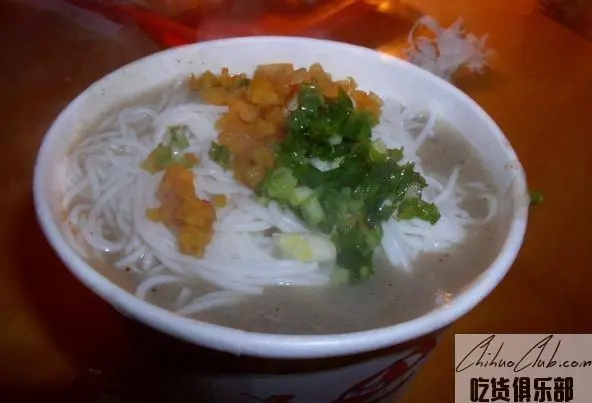
Paste soup powder, the famous Wuhan Han nationality snacks, is a variety of snacks that match the fritters. When selling paste soup powder, it must sell fritters. Known as "Wuhan a must", the fresh fish paste soup powder fritters are classic Chinese taste. It is the mutton foam of Wuhan people, its traditional meaning, historical connotation, no less than the mutton bubble. A bowl of paste soup with a delicious fish scent, the smell of the water town of Zeguo, the land of fish and rice.
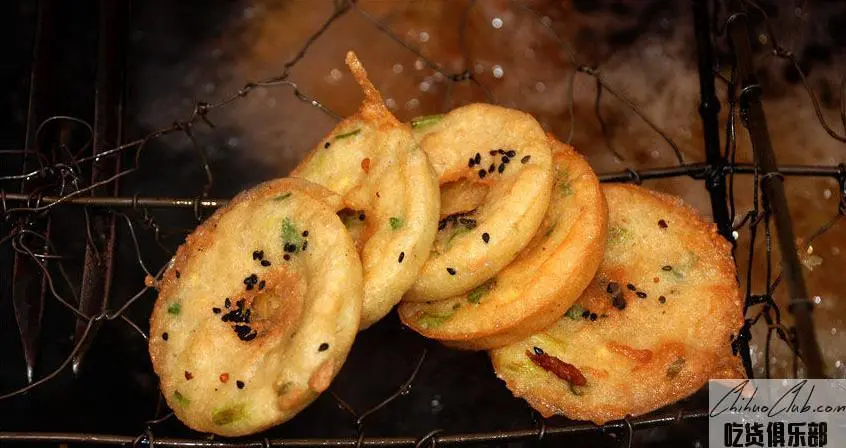
The noodle nest is unique to Wuhan and was founded in the reign of Emperor Guangxu in the Qing Dynasty (AD 1875 - 1909). At that time, there was a sesame cake near the Jijiazui in Hanzheng Street, Hankou. The name was Chang Zhiren. When I saw that the business of selling sesame cake was not good, I tried to create a new early variety. After repeated pondering, he asked the blacksmith to make a dry iron spoon in the wok shape, pour the rice slurry mixed with rice and soybeans, sprinkle with black sesame seeds, put them in a frying pan, and quickly make one. Round rice cake with thick hollow, yellow and crispy. People feel very chic, eating thick and soft, thin and crisp, very tasteful. Chang Zhiren called it a face nest, which has been circulating for more than 100 years and has become a feature of cheap and good quality.
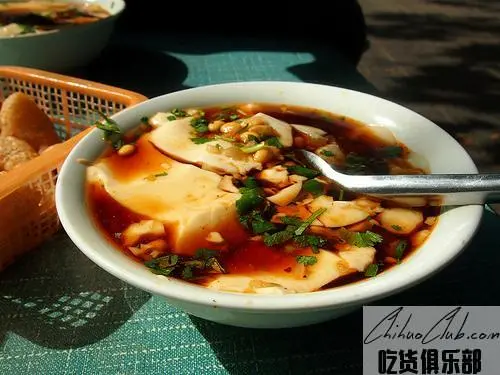
Guiyuan Temple is located in the downtown area where the pilgrims gather, and the surrounding assorted bean curd is also famous. It is made up of fried crispy hazelnuts, cooked glutinous rice, rice paste, various sauces, seasonings and tender tofu brain. The white color is tender, the scorpion is crispy and crispy, and the taste is both delicious and tasty. It was named after the sale of the Guiyuan Temple in Wuhan.